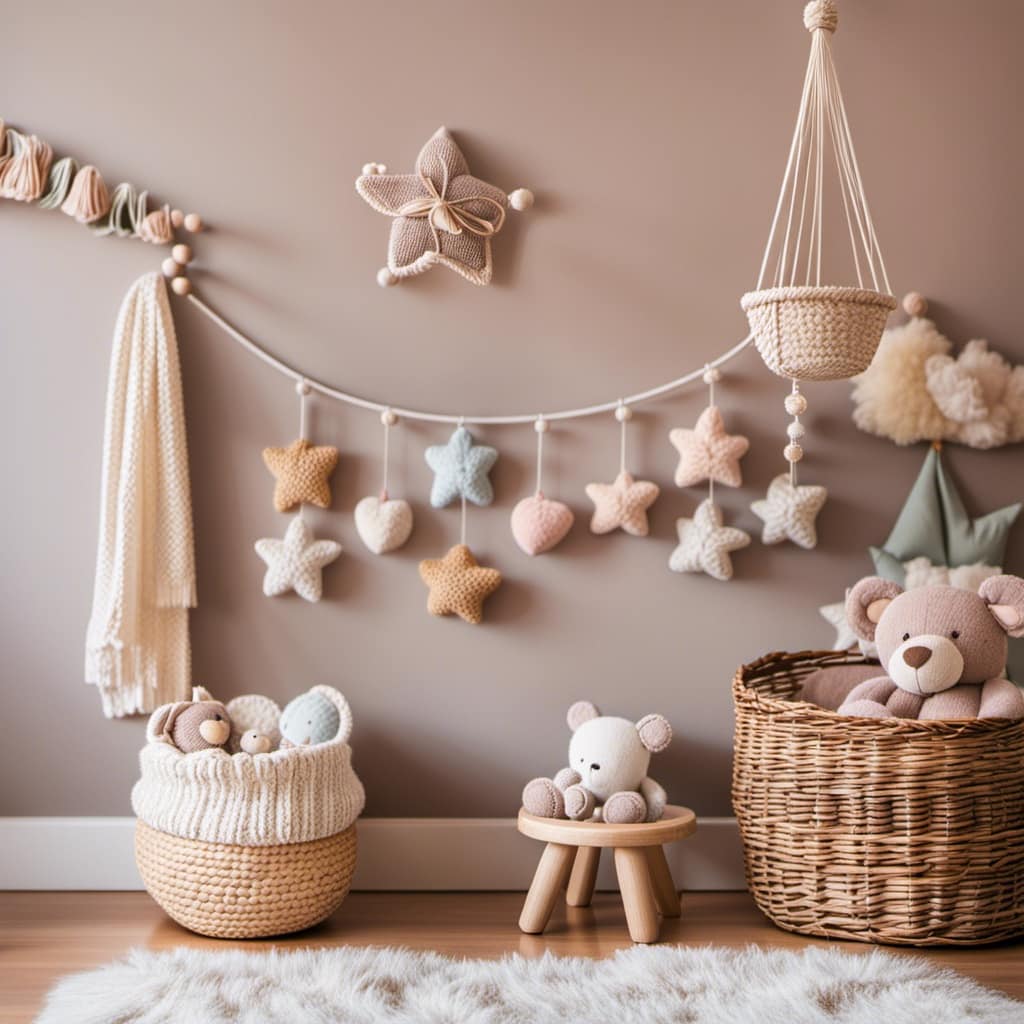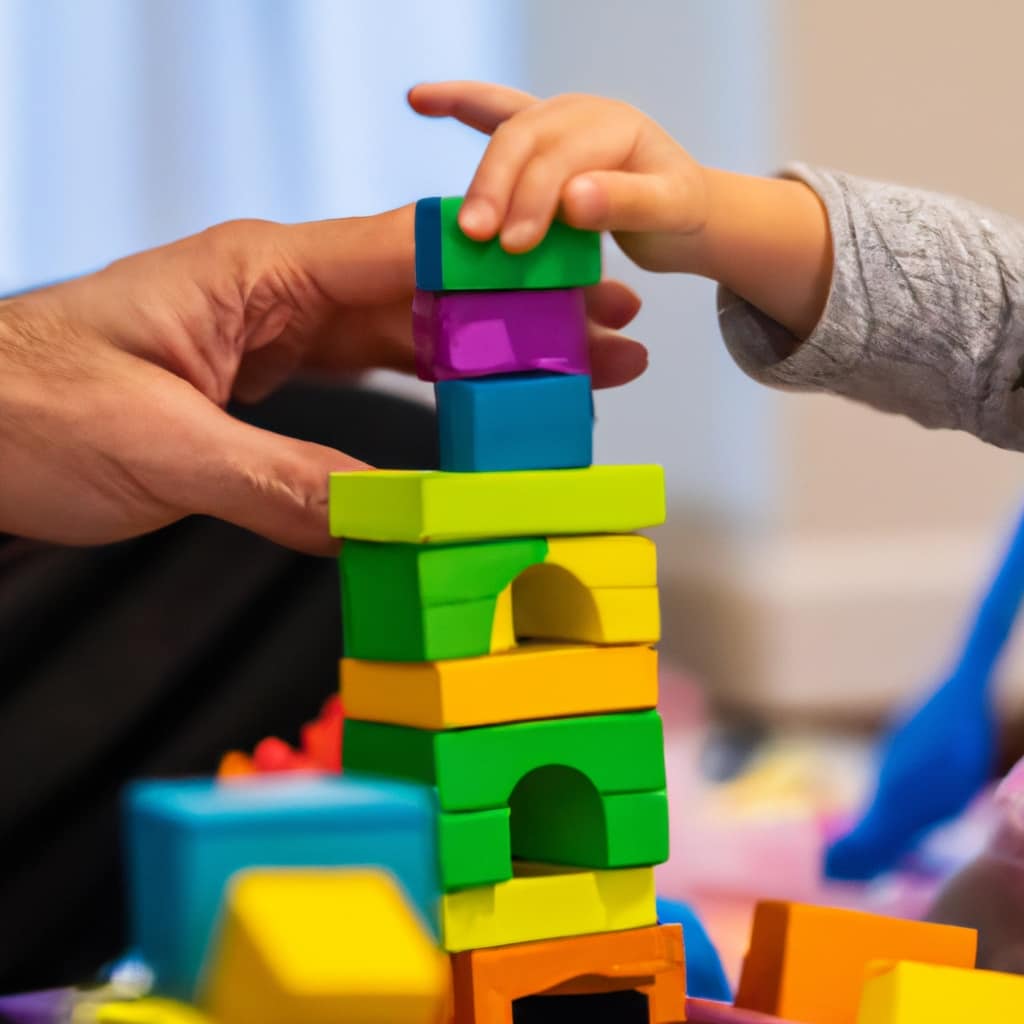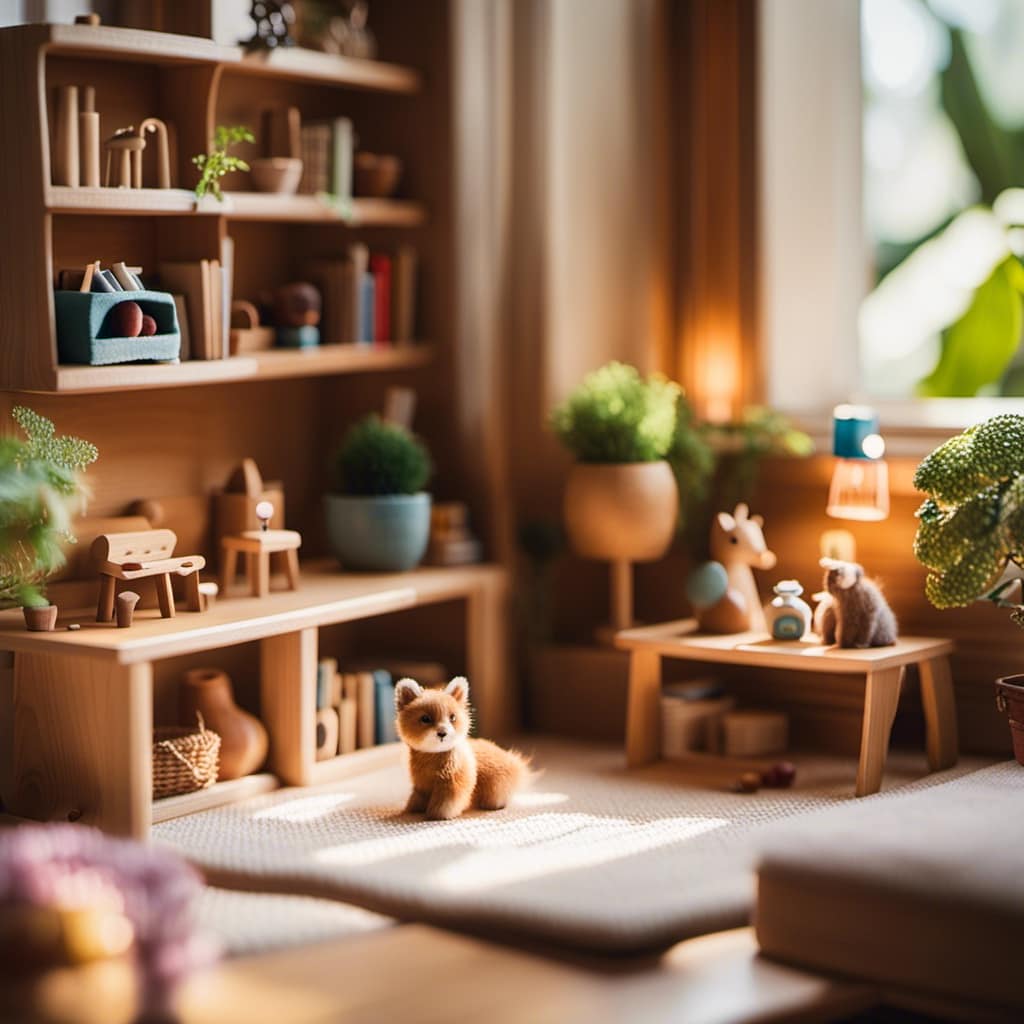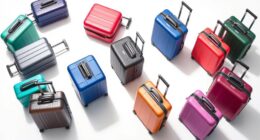As a toy enthusiast, I am thrilled to present to you the wonderful opportunity to create safe and personalized Waldorf toys that include elements of nature such as germs and bugs.
Yes, you heard that right – we can bring these fascinating creatures to life in a way that is both educational and enjoyable for children. By using natural materials and hand sewing techniques, we can ensure the safety and uniqueness of these toys.
So, let’s dive in and discover how we can spark imagination and teach valuable lessons through the creation of these one-of-a-kind toys.
Key Takeaways
- Choose natural and non-toxic materials for the toy’s body and outer layer
- Prioritize safety, durability, and aesthetic appeal in toy design
- Use hand sewing techniques and experimentation with embroidery for precise stitching and unique details
- Incorporate germs and bugs into the design for an educational and playful element
The Importance of Safe and Personalized Waldorf Toys
I understand the importance of creating safe and personalized Waldorf toys, so I prioritize using natural and non-toxic materials in my designs.
Personalized Waldorf toys offer numerous benefits for child development. By tailoring the toy to a child’s interests and preferences, it fosters a sense of ownership and connection. This can enhance their imagination, creativity, and problem-solving skills.
Additionally, personalized toys can provide a comforting and familiar presence, promoting a sense of security and emotional well-being.
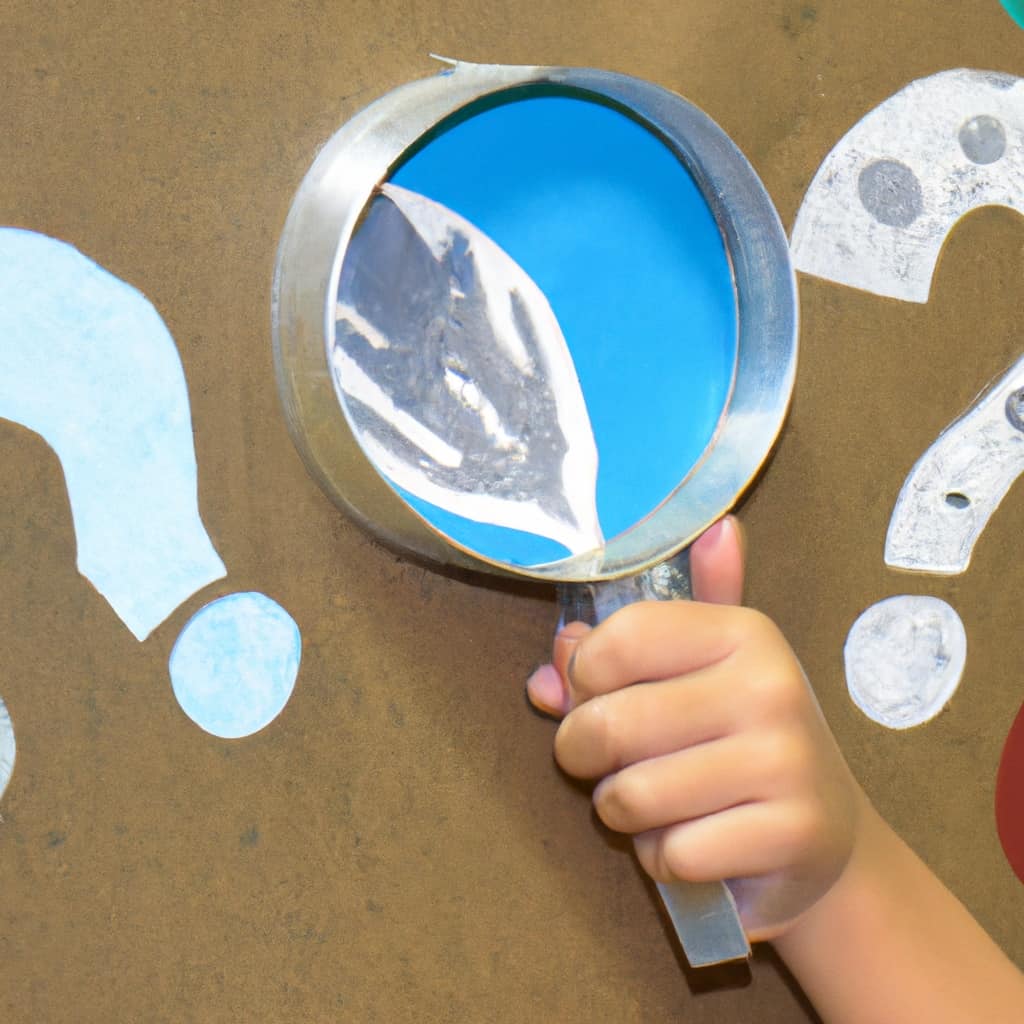
The role of natural materials in promoting safe play cannot be overstated. Organic cotton or wool fabrics are soft, hypoallergenic, and free from harmful chemicals. Natural stuffing materials like wool or cotton batting are safe for children to interact with. By using non-toxic paints and dyes for decorative elements, we ensure that the toy is safe for children to handle and play with.
Overall, safe and personalized Waldorf toys made from natural materials provide a nurturing and enriching environment for a child’s development.
Choosing Natural and Non-Toxic Materials for Toy Safety
When selecting materials for toy safety, it’s important to choose natural and non-toxic options like organic cotton or wool for the main body of the toy. These materials are hypoallergenic and free from harmful chemicals, making them suitable for children with allergies or sensitivities. Natural materials also have the advantage of being biodegradable and sustainable, reducing the environmental impact of the toy. In contrast, synthetic materials can contain harmful substances like phthalates or lead, which can pose health risks. When considering allergen-free toys, it’s crucial to avoid common allergenic materials such as latex or certain types of wood. By opting for natural and non-toxic materials, we can ensure that the toys we create are not only safe, but also environmentally friendly and suitable for children of all sensitivities.
| Natural Materials | Synthetic Materials |
|---|---|
| Organic Cotton | Polyester |
| Wool | Acrylic |
| Bamboo | Nylon |
| Wood | Vinyl |
| Natural Rubber | PVC |
Toy Design Considerations for Germ and Bug Resistance
Using natural and non-toxic materials in toy design ensures resistance against germs and bugs. When considering germ and bug resistance in toy design, there are several important factors to keep in mind.
-
Choose germ resistant materials: Opt for organic cotton or wool for the main body of the toy. These materials naturally repel germs and bugs, providing a safe and hygienic play environment.
-
Incorporate educational elements: Make the most of the toy’s design by incorporating educational elements related to germs and bugs. This can include charming embroidered bugs and germs on the toy, teaching children about proper hygiene practices and the concept of germs.

-
Consider non-toxic coatings: Another way to enhance germ resistance is by incorporating non-toxic coatings on the toy’s surface. These coatings can provide an additional layer of protection against germs and bugs, ensuring a cleaner and safer play experience.
Step-By-Step Guide to Crafting Waldorf Toys With Germs and Bugs
To craft Waldorf toys with germs and bugs, it’s important to gather the necessary materials. Soft wool felt, organic cotton fabric, and natural stuffing materials are essential. These materials not only create a safe toy but also add a personalized touch. Once you have your materials, it’s time to utilize hand sewing techniques. This ensures precise stitching and secure seams. Don’t be afraid to experiment with embroidery to add charming details and uniqueness to your toy. When selecting materials, consider their suitability for the chosen design and age range. Now, let your imagination guide the process of bringing the toy to life. Incorporate germs and bugs into the design for an educational and playful element. By following these crafting techniques and materials selection, you can create a Waldorf toy that is safe, personalized, and filled with the wonder of germs and bugs.
Embracing Creativity: Embroidery and Unique Details in Toy Making
I love incorporating embroidery and unique details into my toy making process because it adds charm and a sense of individuality to each creation.
Exploring different embroidery techniques allows me to create intricate designs that bring the toys to life. From delicate floral patterns to whimsical animals, the possibilities are endless.
Incorporating interactive elements into the toys adds another layer of engagement and playfulness. Whether it’s a button that makes a noise or a hidden pocket for surprises, these interactive elements enhance the overall experience for children.
With each stitch and embellishment, I strive to create toys that not only ignite imagination but also encourage exploration and discovery. By infusing my toys with embroidery and unique details, I aim to create cherished companions that inspire creativity and bring joy to children’s lives.
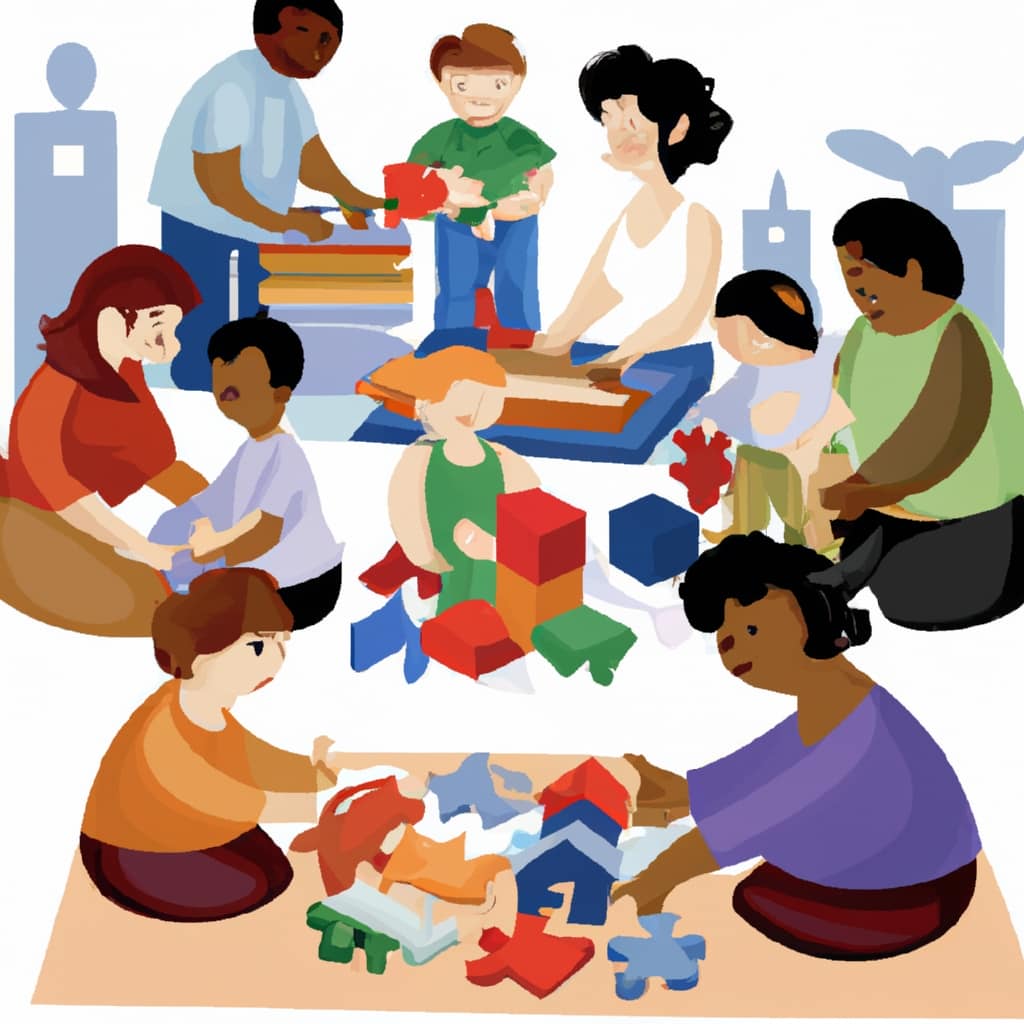
Exploring the Educational and Playful Aspects of Germs and Bugs
Exploring the educational and playful aspects of germs and bugs adds an exciting and interactive element to the toy experience. Not only does it engage children in sensory play, but it also teaches them about the natural world and the importance of hygiene. By incorporating eco-friendly materials into the toy design, we can create a safe and sustainable play experience. For example, using organic cotton or wool for the main body of the toy ensures that it is both soft and non-toxic. Additionally, choosing natural materials such as wool or cotton batting for stuffing helps to create a plush and hypoallergenic toy. By prioritizing safety, suitability, and durability in toy design, we can provide children with a toy that is not only fun, but also educational and environmentally friendly.
| Benefit of Sensory Play with Germs and Bugs | Incorporating Eco-friendly Materials into Toy Design |
|---|---|
| Encourages exploration and curiosity | Reduces environmental impact |
| Enhances tactile and fine motor skills | Supports sustainable practices |
| Promotes cognitive development | Provides a safe and non-toxic play experience |
| Teaches about the natural world and hygiene | Fosters a love for nature and the environment |
Teaching Hygiene Practices With Waldorf Toys
Now that we have explored the educational and playful aspects of germs and bugs, let’s delve into the next subtopic: teaching hygiene practices with Waldorf toys.
-
Engaging teaching methods: With Waldorf toys, children can learn about hygiene practices through interactive play. They can role-play scenarios like washing hands before meals or covering their mouths when sneezing. This hands-on approach helps them understand the importance of good hygiene in a fun and engaging way.
-
Interactive play: Waldorf toys can be designed to incorporate hygiene-related elements. For example, a doll can come with a miniature sink and soap, allowing children to pretend to wash their hands. By actively participating in these pretend scenarios, children develop a better understanding of hygiene practices and are more likely to apply them in real life.
-
Reinforcing concepts: Waldorf toys can also be used as visual aids to reinforce hygiene concepts. For instance, a toy doctor set can include a magnifying glass to show children how germs can spread and multiply. These visual cues help children grasp the importance of maintaining cleanliness and good hygiene habits.
Frequently Asked Questions About Waldorf Toys With Germs and Bugs
When considering materials for making Waldorf toys with germs and bugs, it’s important to prioritize safety and choose non-toxic options. Incorporating educational elements into these toys adds a fun and imaginative play experience for children.
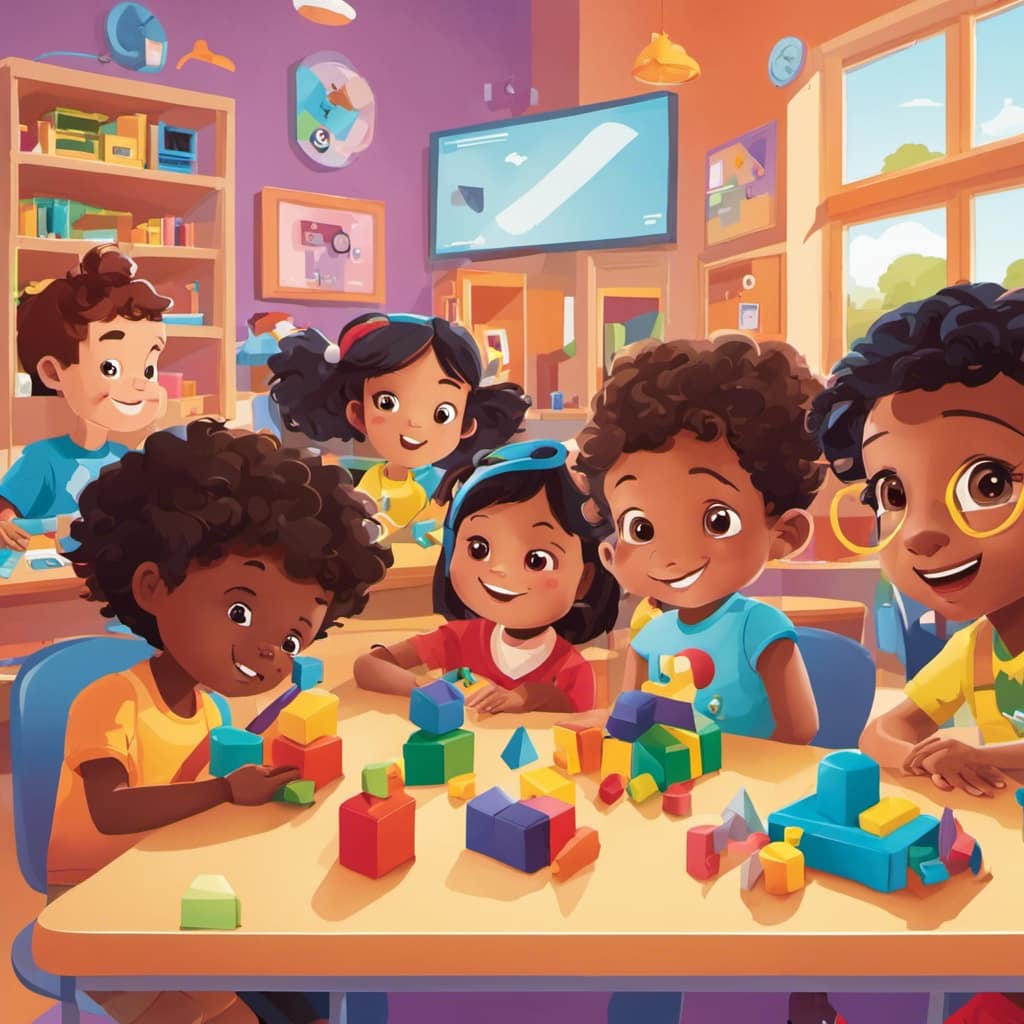
Frequently asked questions about Waldorf toys with germs and bugs often revolve around the materials used and the design possibilities. The good news is that you can use a variety of materials to create these unique toys. Experiment with different color combinations and textures to make them visually appealing.
Let your creativity run wild and incorporate germs and bugs into the design for an educational and playful element. Personalize the toys with unique embellishments and custom touches to make them one-of-a-kind.
Enjoy the process of crafting these safe and personalized Waldorf toys and watch as children immerse themselves in the world of germs and bugs, learning valuable lessons along the way.
Ensuring Safety and Personalization in Toy Making
I prioritize the safety of children by ensuring the materials I use in toy making are non-toxic and suitable for their age range.
To personalize Waldorf toys, I love to incorporate embroidery techniques that add charm and uniqueness to each piece.
The educational value of personalized toys is immense. Children can explore the world of bugs and germs through play, and learn about hygiene practices in a fun and engaging way.
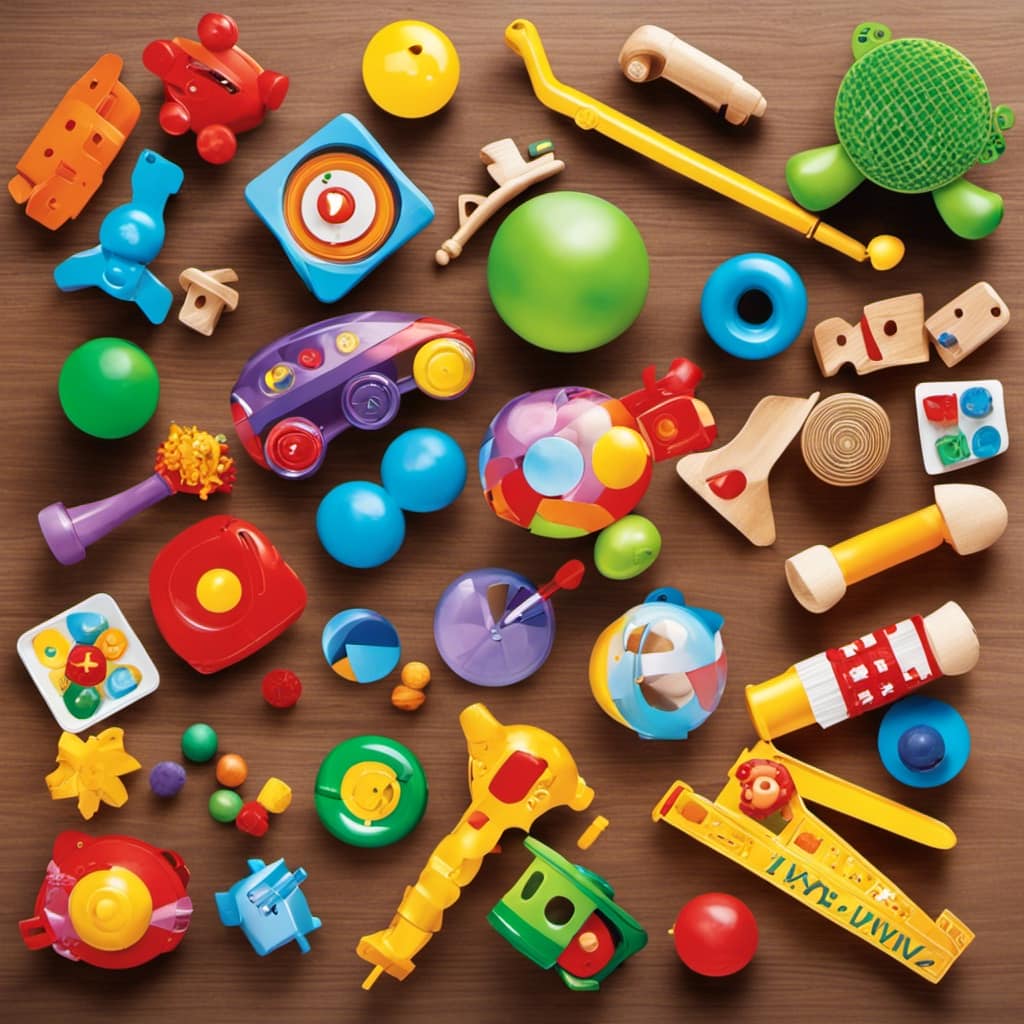
When crafting these toys, I carefully select natural and hypoallergenic materials like organic cotton and wool. I use precise stitching and secure seams to ensure durability.
By personalizing the toys with custom touches, I create one-of-a-kind pieces that children will cherish.
The combination of safe materials and personalized embroidery makes these toys both safe and special.
Final Touches: Customizing Waldorf Toys With Germs and Bugs
Incorporating charming embroidered bugs and germs on the toy brings a playful and educational element to its design. Customizing Waldorf toys with germs and bugs allows for adding personality and uniqueness to each creation.
By incorporating these elements, we can teach children about the fascinating world of germs and bugs in a fun and engaging way. Through the embroidered bugs, we can showcase different species and their characteristics, while the germs can serve as a reminder of the importance of proper hygiene practices.
The educational value of these toys goes beyond their visual appeal. Children can learn about the habitats, behaviors, and ecological roles of bugs and germs, fostering a deeper understanding of the natural world.
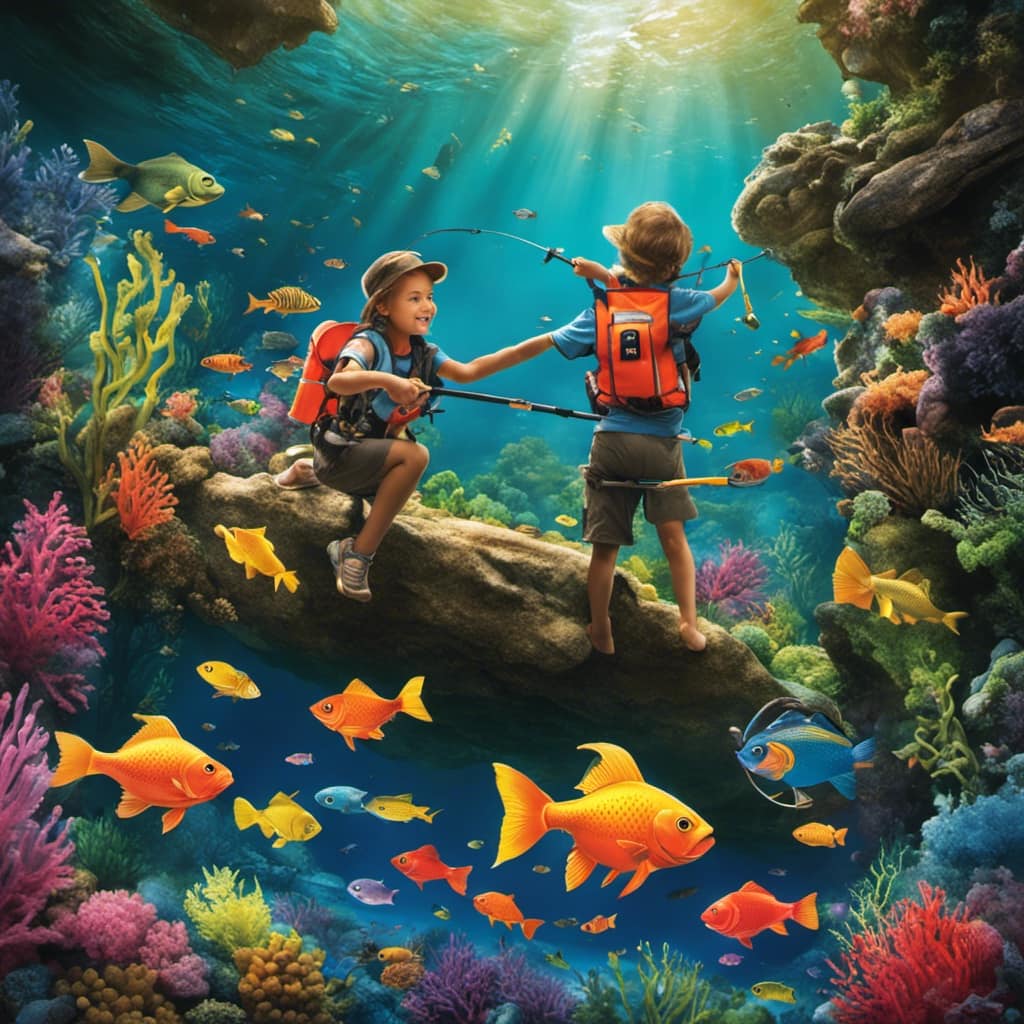
Frequently Asked Questions
Can I Use Any Type of Materials for Making Waldorf Toys With Germs and Bugs?
Yes, I can use different types of materials for making Waldorf toys with germs and bugs. Using natural materials like organic cotton or wool has benefits in terms of safety and sustainability.
Is It Possible to Experiment With Different Color Combinations and Materials in Toy Making?
Experimenting with different color combinations and materials in toy making allows me to achieve a unique and vibrant look in Waldorf toys. The choice of materials greatly affects the sensory experience of children while playing with these toys, enhancing their creativity and imagination.
How Can I Incorporate Germs and Bugs Into the Design of the Toy for an Educational and Playful Element?
To incorporate germs and bugs into the design of the toy for an educational and playful element, I suggest designing interactive bug-themed puzzles and exploring the life cycle of germs through hands-on play.
What Can I Learn About the Characteristics, Habitats, and Importance of Bugs and Germs in Nature Through These Toys?
Through these toys, I can learn about the fascinating characteristics and behaviors of bugs and germs in nature. I can understand their role in the ecosystem, from decomposition to pollination, creating a deeper appreciation for the natural world.
Are There Any Potential Health Risks Associated With Using Non-Toxic Materials in Toy Making?
There may be potential risks or safety concerns associated with using non-toxic materials in toy making. It’s important to thoroughly research and consider any possible health effects to ensure the safety of the finished product.
Conclusion
After diving into the world of creating safe and personalized Waldorf toys with germs and bugs, it is clear that this unique approach offers endless possibilities for imaginative play and educational exploration.
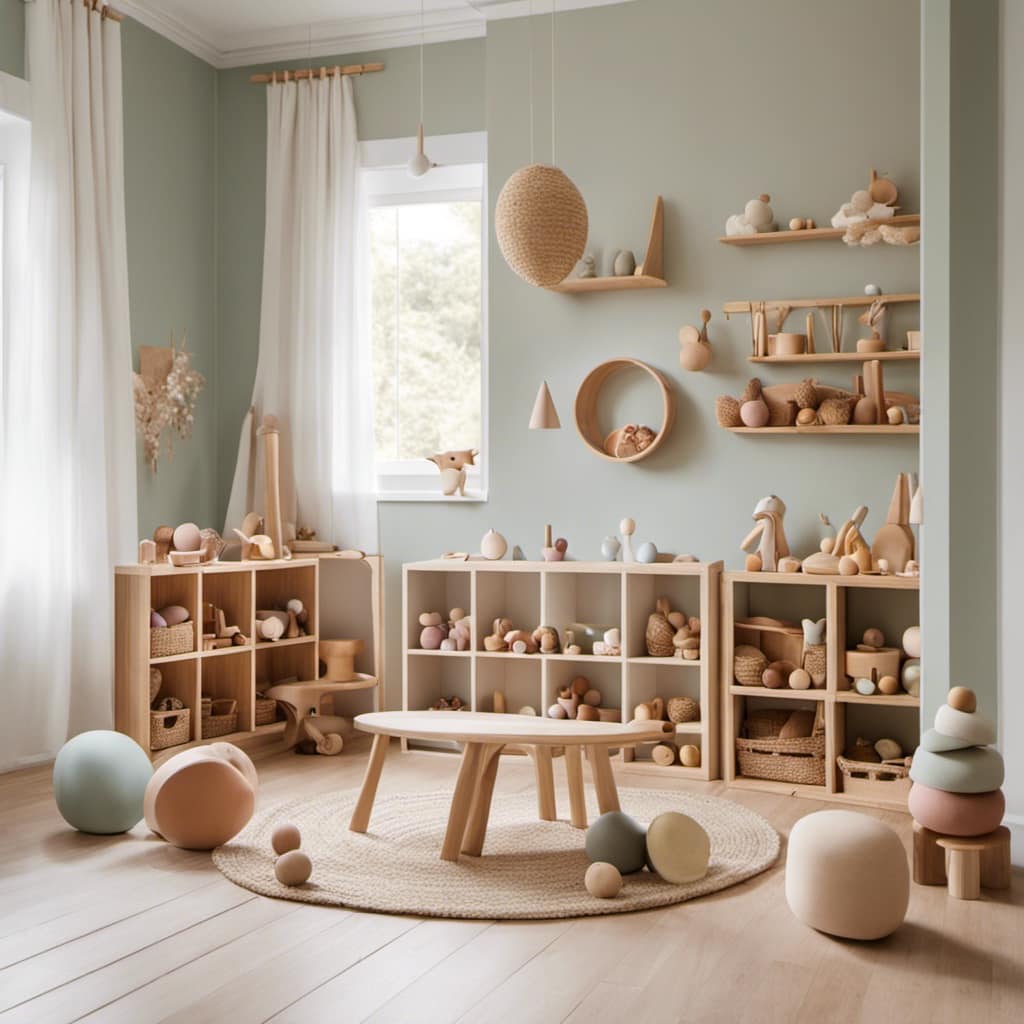
The meticulous attention to detail in choosing natural and non-toxic materials ensures the safety of these toys, while the use of embroidery and unique details adds a touch of artistry.
It’s ironic how something as small and ‘icky’ as germs and bugs can actually become the catalyst for creativity and learning.
So go ahead, embrace the irony and create your own personalized Waldorf toys that will both entertain and educate.


